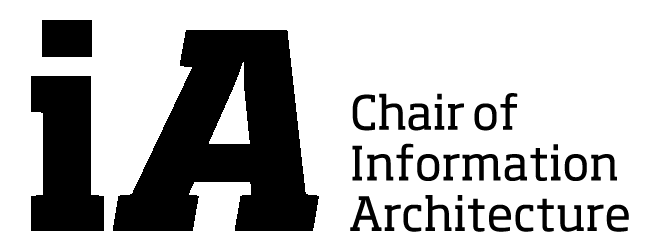Following up on the question, “sustainability, for whom?” three articles published recently in the media attracted my attention.
The fresh water paradox
In the first case, six years ago, poor people – a mainly farming population – in a poor country – Ghana – are offered by Danida, the Danish International Development Agency, a true treasure: a clean water source, a standpipe, directly into their village. The upgrade is meant to enhance the villagers’ lives, offering a basic source for sustainability: safe drinking water. Six years later, the same clean water has attracted the wealthy into the area. Seeing a unique opportunity in a place where land is cheap and fresh water readily available, they have bought the surrounding farmland, relocated, built their houses and ran water pipes directly into them. “Now the taps in the new houses run 24/7 but the growing demand means that, at the village standpipe, the water only flows for three hours in the morning and two hours in the afternoon”. Additionally, the local farmers who sold their land, tempted by the sudden demand, found themselves out of business. As the author of the article concludes: “…there is a paradox in that progress. The water has not brought wealth to the area. It has brought the wealthy.”
http://www.bbc.co.uk/news/magazine-20601559
The great smog of Athens
The second event concerns an EU country, up to now considered advanced and westernized, a place of comfort for many. The crisis-stricken Athens, in Greece, comes to show us that sustainability – especially in terms of environmental effects, but also in terms of personal well being – can be a very fragile state of affairs, directly affected by the economic situation. As Athenians face more and more pay cuts, ever-increasing taxes and the possibility of becoming unemployed, prices around them keep rising. The immediate effect of a recent tax increase in heating petrol (leading to almost doubling its price compared to last year) was not what the government was hoping for (namely to avoid heating petrol used as vehicle gas). What the measure actually caused is a massive reduction in the usage of petrol-based central heating systems: petrol is just too expensive to afford. People have turned to cheaper wood as a source of heating, using either their fireplaces, where available, or installing wood-stoves and burning anything that comes in hand. The result is a phenomenon similar to what was experienced back in 1952 in London (when central heating was unheard of): the great London smog. The later, caused the deaths of some 4’000 people, with more recent analysis bringing this number up to 12’000. (http://www.telegraph.co.uk/earth/countryside/9727128/The-Great-Smog-of-London-the-air-was-thick-with-apathy.html). This event – lasting only a few days – lead to the 1956 Clean Air Act in an effort to reduce smog.
In Athens, such a phenomenon is unfortunately not just due to a coincidence of lack of technology and the wrong type of weather. The topography of Athens, a large basin surrounded by mountains, is enough to support such occurrences. The most outrageous problem, however, is that the technology is there, central heating is installed, but the economic situation brings it into paralysis. We witness an advanced country continuously making steps backwards, returning to situations that technology had until now eliminated. And the question that comes to mind is: what is the point of researching on new technologies, new methodologies and new solutions for a sustainable future, if we completely ignore or are not able to provide the means that are necessary to support it?
http://english.cntv.cn/program/newsupdate/20121231/100778.shtml
Fluorescent streets
The third case is a great example of how existing and widespread technology can be used in order to reduce energy consumption and how private incentive and smart ideas can overcome bureaucratic, political and economic hindrances.
In Holland, designers from the Studio Roosegaarde and infrastructure management group Heijmans have proposed a smart and easy solution in order to reduce the required lighting in the streets, without compromising driving safety: the Smart Highway, winner of the Best Future Concept at the Dutch Design Awards. In fact the Smart Highway, which is due to get implemented and tested initially in Branbant in mid-2013, includes features that will increase safety in the streets. The design features a glow-in-the-dark tarmac, which is able to illuminate the street markings for up to 10 hours after nightfall. Additionally, the roads will feature illuminated weather indicators, i.e. given a certain drop in temperature, snowflake shapes will appear on the street surface to warn motorists of icy conditions. According to the interview that Studio Roosegaarde’s communications partner Emina Sendijarevic gave to the Wired magazine: “Research on smart transportation systems and smart roads has existed for over 30 years … What’s lacking is the implementation of those innovations and making those innovations intuitive and valuable to the end-consumers — drivers. For this, a mentality change needs to take place … This is a story that goes beyond the ‘Smart Highway’ as such — it’s about the fact that Heijmans and Roosegaarde are not going to wait any longer for innovations to find their way through the political system, but will start building this highway now”.
http://www.wired.com/autopia/2012/10/glowing-roads/?pid=2414
Dr. Sofia Georgakopoulou, iA, ETHZ


